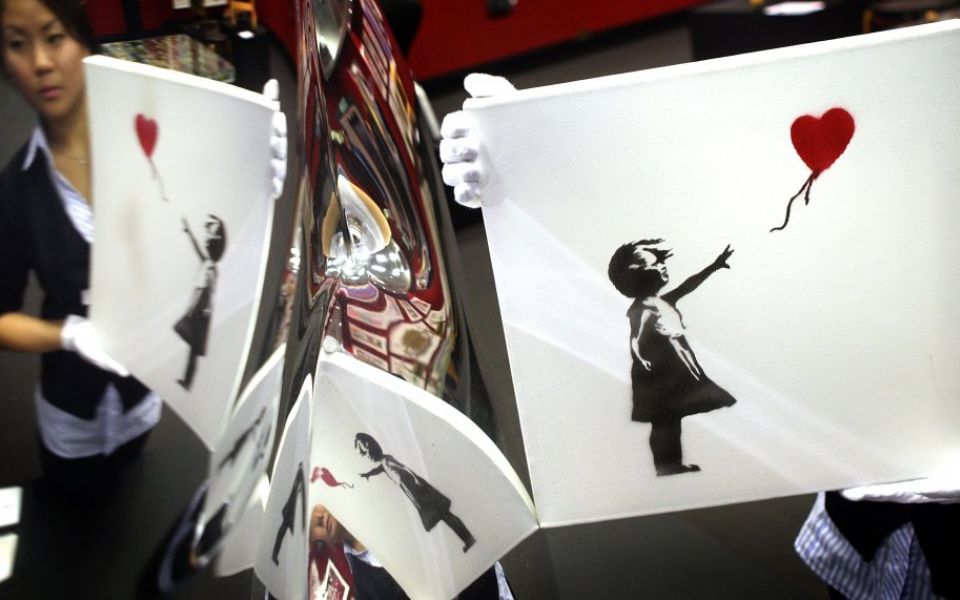Picture this: Art-enriched offices make us more productive

Some say a picture is worth a thousand words, but I like to think that art holds the key to unlocking a more productive economy.
Recently, Frieze – which is one of the biggest events in the cultural calendar – saw the art world’s elite descend upon the capital. It’s a time of year when many of the city’s top tycoons and bosses also make a pilgrimage across London to step away from the boardroom and delve into art fairs.
Links between corporate organisations and art aren’t new – there is a 500-year-old tradition of patronage by banks, and it’s well known that a few institutions have collections that are the envy of some national museums. Deutsche Bank has the biggest corporate collection in the world, with some 60,000 pieces spread across 900 offices.
There are many reasons why the City has shown such an interest in art over the years. Call it marketing, social status, investment, or employee wellbeing – it’s clear the value of art can be quantified in multiple ways.
While astonishing sales figures at fairs and auction houses around the world make impressive headlines – Banksy’s recent stunt at Sotheby’s springs to mind – high financial value doesn’t always represent the true value an artwork can hold.
To an organisation, art can possess a far greater currency – and works don’t need to be worth millions to unlock a collection’s potential.
As Britain’s productivity crisis worsens and mounting uncertainty threatens our economy further, business leaders need to foster a creative environment, and improve the way that they inspire workforces.
In the same way that pausing to reflect is good entrepreneurial practice, taking a step back from work to appreciate art can stimulate creative thinking.
The Affordable Art Fair, which returns to Battersea Park tomorrow for its nineteenth year, has sold more than 450,000 works. We’ve been fortunate to see firsthand the joy that collecting can bring, and the immensely positive impact that art can have on a company and its workforce.
One good example is Proclaim, a claims management company which has a growing collection adorning its walls and understands the benefits that art can have.
Whenever a new piece is purchased, the organisation is brought together to meet the artist or gallery, to discuss the work. Crucially, employees are engaged in the artistic thinking behind each piece.
Aside from making staff more reflective and inventive, research from the University of Exeter has gone so far as to show that art-enriched offices can be up to 17 per cent more productive than those which aren’t.
Despite all this, a YouGov poll we ran earlier this year showed that almost half of Londoners said that their workplace has no artwork at all.
Yes, it may be true that the financial value of works sold at fairs can increase exponentially. But I hope more business owners take note that the benefits of being exposed to art go far beyond a financial investment.
It’s an investment in creativity and wellbeing – and, ultimately, appreciating art can result in a more profitable bottom line too.